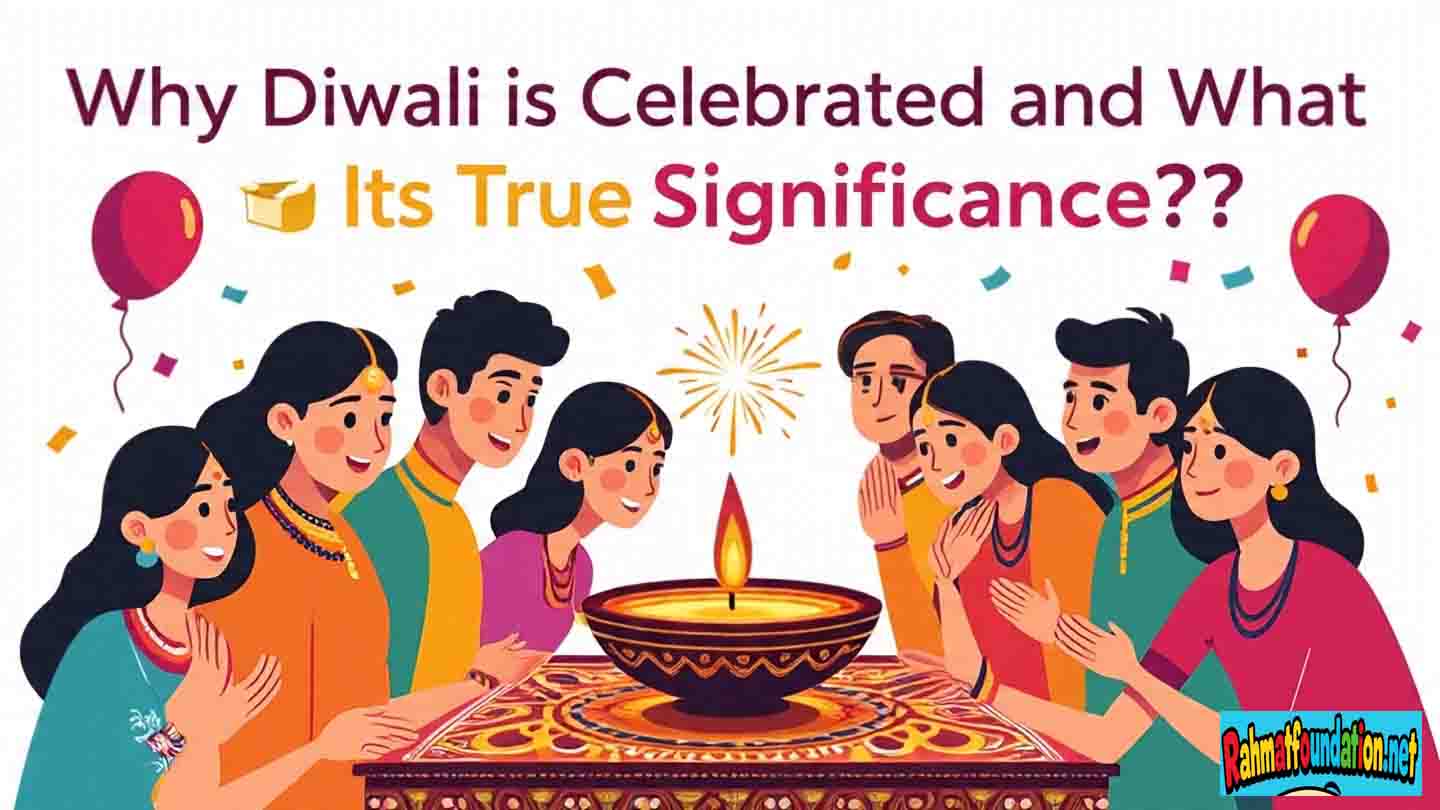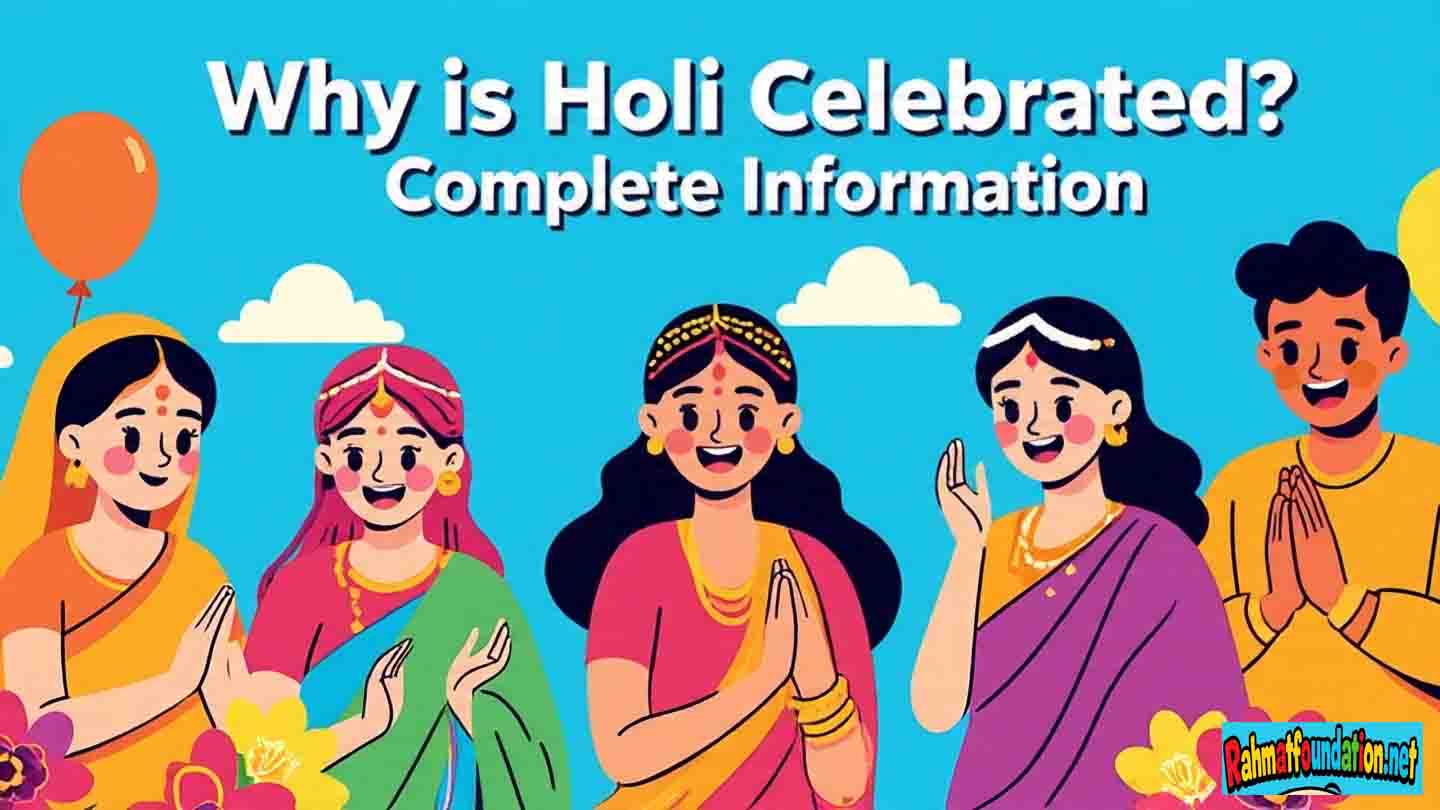🌙 Eid al-Adha 2025: History, Rituals, Meaning & Global Celebrations
Introduction: Understanding Eid al-Adha
Eid al-Adha, also known as the Festival of Sacrifice, is one of the most sacred and celebrated Islamic festivals worldwide. It holds spiritual, historical, and social significance for millions of Muslims. This festival is not merely a religious event; it is a celebration of faith, obedience, compassion, and unity.
The word “Eid” in Arabic means festival or celebration, and “Adha” refers to sacrifice. Eid al-Adha commemorates the ultimate act of devotion by Prophet Ibrahim (Abraham) and highlights the universal principles of trust in God, altruism, and humanity.
In this guide, we will explore:
- The origin and historical context of Eid al-Adha
- The spiritual and social significance
- How rituals are performed step by step
- Global cultural variations
- Lessons, values, and FAQs
By the end, you will understand why Eid al-Adha remains one of the most important festivals in Islam and how its message transcends religion.
Table of Contents
Historical Background: The Story of Faith and Sacrifice
Eid al-Adha is rooted in the story of Prophet Ibrahim (Abraham) and his son Prophet Ismail (Ishmael). It is a timeless narrative of obedience, faith, and submission to God.
The Divine Vision
Prophet Ibrahim, revered in Islam, Christianity, and Judaism, was blessed with a son, Ismail, after years of longing. Ibrahim loved his son dearly. One night, he had a divine vision in which Allah commanded him to sacrifice his most beloved possession — his son Ismail.
Ibrahim understood the gravity of this command and recognized it as a test of ultimate faith. Without hesitation, he informed his son about the divine command.
Ismail’s Response and Obedience
Even though Ismail was young, he displayed remarkable faith and submission, replying:
“O my father, do as you are commanded. If Allah wills, you will find me among the patient ones.”
This response highlights the mutual trust, understanding, and faith between father and son, forming the spiritual core of Eid al-Adha.
Divine Intervention and Mercy
As Ibrahim prepared to perform the sacrifice, Satan attempted to dissuade him. Ibrahim repelled him with stones, symbolizing resistance to temptation. When the moment of sacrifice arrived, Allah, seeing Ibrahim and Ismail’s unwavering devotion, replaced Ismail with a ram. This act saved Ismail and signified that God values submission and intention over the physical act of sacrifice.
This story underscores that true worship involves sincere devotion and readiness to surrender one’s desires to God — a principle central to Islam.
Significance of Eid al-Adha
Eid al-Adha is not only a commemoration of Ibrahim’s sacrifice but also a symbol of moral and spiritual lessons:
- Faith and Obedience: Complete submission to God’s will.
- Sacrifice and Generosity: Letting go of personal attachments and helping others.
- Unity and Equality: Muslims pray together, regardless of social status.
- Gratitude and Humility: Acknowledging God’s blessings.
- Community and Compassion: Sharing resources with family, neighbors, and the needy.
These principles are universal and relevant for all human beings, beyond religious boundaries.
Rituals and Practices of Eid al-Adha
The festival is observed over three days, with key rituals performed by Muslims worldwide.
1. Performing Eid Prayer (Salat al-Eid)
The day begins with the special Eid prayer, held in mosques or open fields called Eidgah.
Steps involved:
- Cleanliness and Preparation: Muslims perform Ghusl (ritual bath) and wear new or clean clothes, often adorned with perfumes.
- Congregational Prayer: The prayer includes extra Takbeerat praising Allah.
- Khutbah (Sermon): The Imam delivers a sermon emphasizing Ibrahim’s devotion, obedience to God, and communal unity.
This prayer fosters spiritual connection, equality, and solidarity among the Muslim community.
2. Performing Qurbani (Sacrifice)
Qurbani, the core ritual of Eid al-Adha, symbolizes submission to Allah.
Procedure:
- Intention (Niyyah): The sacrifice is done solely for Allah, not for show.
- Selection of Animal: Only healthy animals of a specified age are chosen — goats, sheep, cows, or camels.
- Slaughtering: Done according to Islamic guidelines, ensuring humane treatment.
- Distribution: The meat is divided into three parts:
- Family consumption
- Relatives, friends, and neighbors
- Poor and needy
This ensures community sharing, charity, and social equality.
3. Social Celebrations and Feasting
Post-Qurbani, families celebrate with gatherings, feasts, and festivities:
- Meals: Dishes like biryani, kebabs, curries, and sweets are prepared.
- Eidi: Children receive money or gifts from elders.
- Visits: Families and friends meet, resolve disputes, and strengthen bonds.
- Community Spirit: Sharing meals with neighbors and the needy promotes social harmony.
4. Takbeer and Remembrance
During Eid, Muslims chant Takbeer (Allahu Akbar) to glorify God.
It is recited before, during, and after prayers, and in many regions, the sound echoes across neighborhoods, symbolizing unity and devotion.
Eid al-Adha Around the World
Though the essence of Eid al-Adha is the same, celebration styles vary across countries:
South Asia (India, Pakistan, Bangladesh)
- Locally called Bakrid.
- Markets are filled with sacrificial animals before Eid.
- Special dishes like haleem, biryani, and kebabs are cooked.
- Long-distance travel occurs to reunite families.
Middle East (Saudi Arabia, UAE, Egypt)
- Celebrated alongside Hajj pilgrimage.
- Large congregational prayers at Makkah and Madinah.
- Takbeerat resound through loudspeakers, and festive meals bring families together.
Africa (Nigeria, Morocco)
- Known as Sallah.
- Vibrant traditional attire and music accompany celebrations.
- Elders teach children the importance of sacrifice.
Southeast Asia (Indonesia, Malaysia)
- Known as Idul Adha.
- Meat is distributed to the poor systematically.
- Public holidays encourage travel to hometowns for family gatherings.
Other Regions
- In Europe and North America, Muslim communities organize Eid prayers and cultural fairs to celebrate.
- Mosques often coordinate Qurbani distribution to local shelters and needy families.
Lessons and Values of Eid al-Adha
Eid al-Adha teaches life-long lessons:
- Faith and Devotion: Submission to God above personal desires.
- Sacrifice: Willingness to give up personal comforts for a higher purpose.
- Charity and Generosity: Helping those in need.
- Community and Equality: Strengthening communal bonds.
- Gratitude and Humility: Acknowledging God’s blessings.
These principles make Eid al-Adha a festival of humanity, not just a religious observance.
Step-by-Step A-Z Summary of Eid al-Adha
| Letter | Step | Purpose / Meaning |
|---|---|---|
| A | Announce Eid | Mark the festival start |
| B | Bath (Ghusl) | Cleanliness and purification |
| C | Clean / new clothes | Celebration and gratitude |
| D | Devotion prayers | Spiritual connection |
| E | Eid prayer | Unity and equality |
| F | Fasting reflection | Reflection after sacrifice |
| G | Greetings | Spread joy and love |
| H | Hugging relatives | Strengthen bonds |
| I | Intention (Niyyah) | Pure devotion |
| J | Joyful meals | Celebrate together |
| K | Kindness | Help the needy |
| L | Love and peace | Social harmony |
| M | Meat sharing | Charity and generosity |
| N | New beginnings | Spiritual renewal |
| O | Offerings | Charity and sacrifice |
| P | Prayer | Worship and devotion |
| Q | Qurbani | Follow Prophet Ibrahim’s Sunnah |
| R | Respect | Unity and equality |
| S | Sweets and treats | Joyful celebration |
| T | Takbeer | Praise Allah |
| U | Unity | Strengthen Muslim community |
| V | Visiting friends | Social connections |
| W | Worship | Closeness to God |
| X | Xenial hospitality | Welcome guests |
| Y | Youth participation | Educate next generation |
| Z | Zikr (Remembrance) | Spiritual mindfulness |
Frequently Asked Questions (FAQs)
Q1: When is Eid al-Adha celebrated?
It falls on the 10th day of Dhul-Hijjah, the last month of the Islamic calendar, during Hajj pilgrimage.
Q2: Who can perform Qurbani?
Every adult Muslim with sufficient resources can perform Qurbani.
Q3: Can non-Muslims participate in Eid celebrations?
Non-Muslims can join in community celebrations, meals, and cultural events, promoting interfaith harmony.
Q4: How long does Eid al-Adha last?
The festival is observed for three days, though some cultural practices extend celebrations further.
Q5: Is Qurbani compulsory?
It is highly recommended (Sunnah Mu’akkadah) for those who can afford it, but not obligatory for everyone.
Conclusion: The Timeless Legacy of Eid al-Adha
Eid al-Adha is more than a festival; it is a way of life. It reminds Muslims of devotion, selflessness, and compassion. The story of Prophet Ibrahim and Ismail continues to inspire people to uphold faith, humanity, and generosity in their daily lives.
By participating in prayers, Qurbani, feasts, and community service, Muslims reinforce spiritual, social, and moral values. Eid al-Adha is truly a festival of sacrifice, faith, and humanity — a celebration that unites hearts across the globe in gratitude, love, and devotion.

